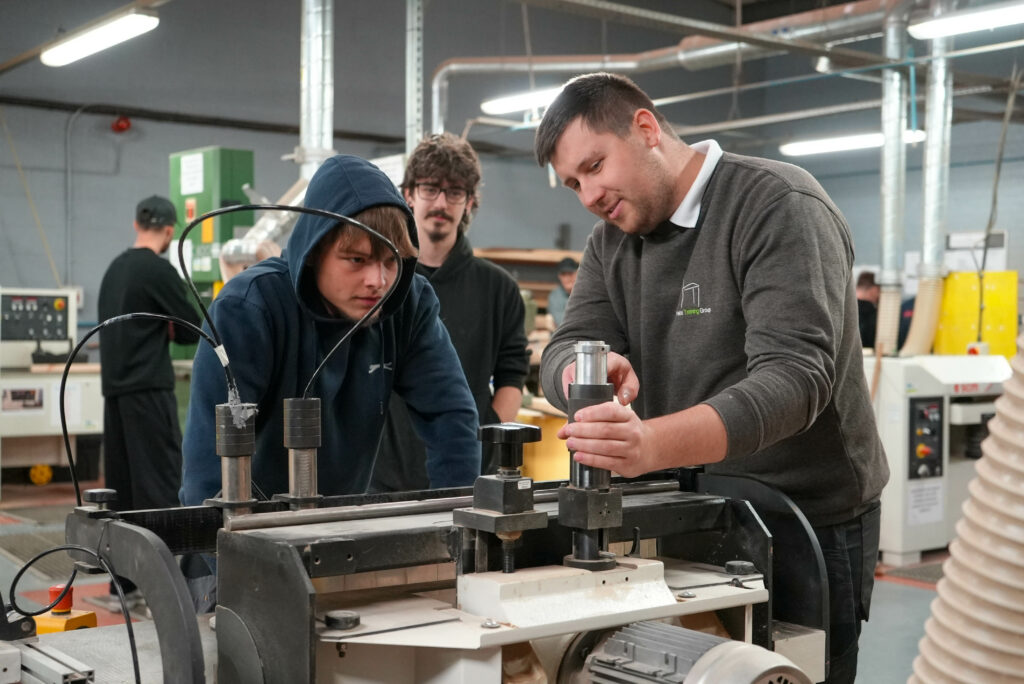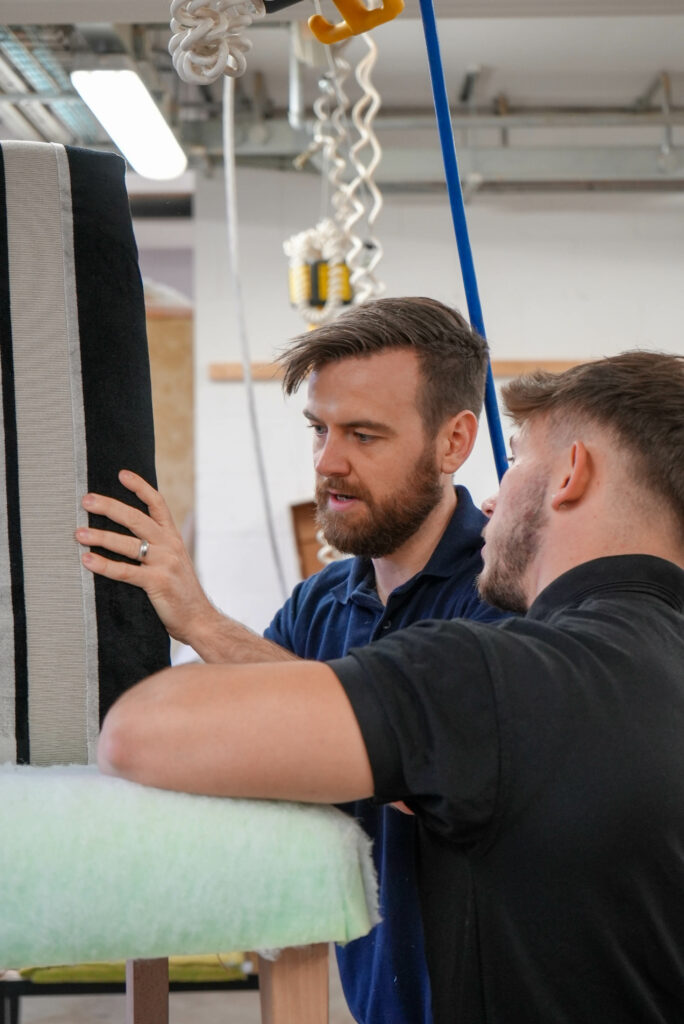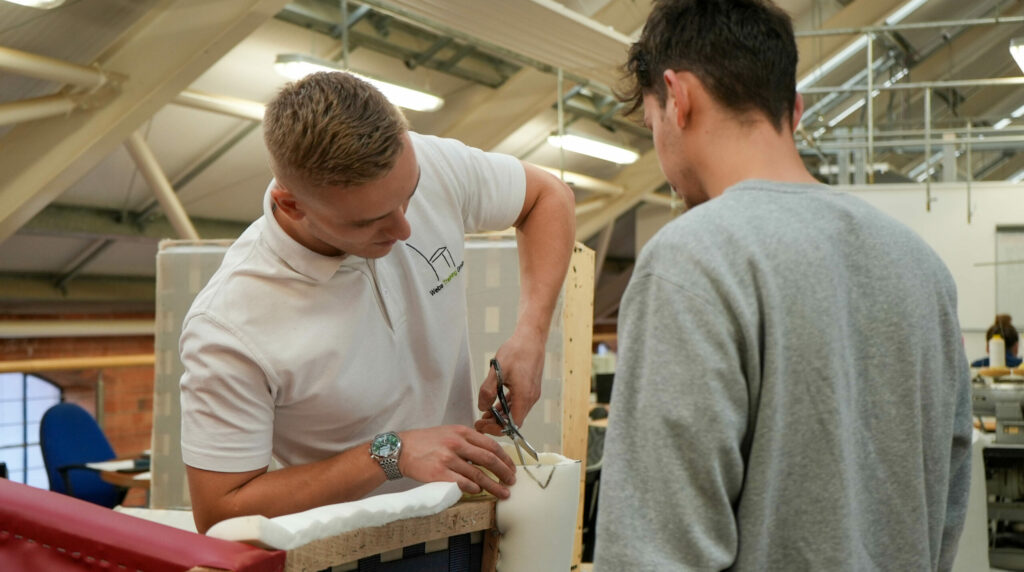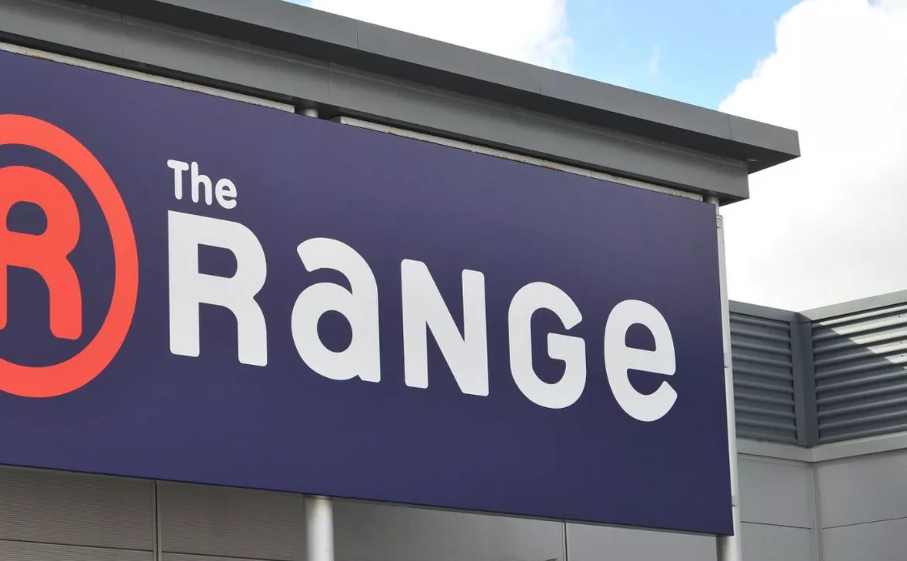Samarah Dawson, Business Development Manager at WEBS Training, talks about the perception of apprenticeships and how the stigma remains unchanged.

The phrase “skills gap” in furniture and interiors should not be unfamiliar to anyone in the industry. And although there are several contributing factors, negative perceptions of apprenticeships and their associated trades could be a key one – and a difficult one to tackle.
The government perception of apprenticeships changed dramatically in 1999, where a higher education initiative was launched with a target to get 50% of students into university or higher education. This led to school subsidies for achievers and active dissuasion for apprenticeships and joining practical trades – affecting generations of workers born from 1983 onwards.
The generations prior to this still regard apprenticeships highly based on their own experience – although feedback has been given about apprenticeship programs not being as difficult, or as rigorous, compared to when they completed their training. This is not entirely untrue – entry level courses are now shorter; however, the shorter courses are suitable for certain job roles given the changes in mass furniture production, and follow-on courses are there for further skills development.
However, if these older generations – who are key decision makers (average age of a director is 50-54) – aren’t aware of how the current standard works, then their perception may mean that even though they see value in the principle of an apprenticeship, they’re not necessarily buying into the current standards, and therefore not recruiting apprentices in their businesses.
The belief that an apprenticeship was a “bad choice” or a “last resort” from the initial higher education push in schools, is unfortunately a perception that has persevered. In late 2000s this was the case when I left school, and younger friends and peers have advised their experience was the same.
With the introduction of the apprenticeship levy in 2017, the pledge for apprenticeship reforms and extra vacancies in 2021, and the current government wanting apprenticeships to be presented as an equally viable post school choice, I was hopeful that this was no longer the case and that perceptions were now being changed.
Sadly, no.

Speaking to a current group of eight apprentices, all from different companies and different schools, on how they found their apprenticeship, none of them said that it was through school.
All in the group stated their schools predominantly promoted their own further education provision and university. Only one apprentice commented that their school had mentioned apprenticeships, but added that this was only in passing, with no actual guidance on potential career pathways or how to access this option.
A contributor to this may be that many schools are now academies, leading them to act more commercially to protect themselves as a business – however by not promoting apprenticeships, schools are directly going against government initiatives. What is the point in government communications saying that apprenticeship schemes are a key part of the future of Britain, when this sentiment is not reflected by secondary education?
Needless to say, if the school’s perception and portrayal of apprenticeships is negative (whether in the interest of self-preservation or not) then the school leavers themselves also pick up this negative perception – where they are not seeing apprenticeships as a credible post-school choice. And as collateral damage, the associated trades to apprenticeships also get negative representation – being viewed as sectors for non-achievers or as a last resort.
For the furniture and interiors sectors, this could be disastrous for attracting new people to these trades. And scarily, this lack of promotion for apprenticeships has now been happening for 25 years.
We can all play a part in changing the perception of apprenticeships. And as a specialist furniture and interiors training provider, WEBS Training are on this mission too.

We can all ask for our trades, and British manufacturing, to be promoted by government bodies, and shown as a rewarding career choice. WEBS will be speaking with schools for them to better represent apprenticeships and trades, and also seeking support from local authorities with this message.
Employers can think about the future generation of their business. It would be great to see more employers in schools and careers fairs, creating apprenticeship schemes and showcasing career options. By creating apprenticeship vacancies, it will help address the skills gap and give opportunities to those who want to explore the apprenticeship route. But without employer’s apprenticeship vacancies, there can be no apprentices.
As the training provider for an employer’s apprenticeship scheme, WEBS can support them in careers events and the recruitment of apprentices. We can advise additional follow-on courses, and tailor training content to suit the business. We can also train additional skills to the standard if there is something specific to business needs.
It may be difficult to tackle the negative perceptions of apprenticeships and trades, but with consistent positive exposure we can give our trades the promotion they deserve.














